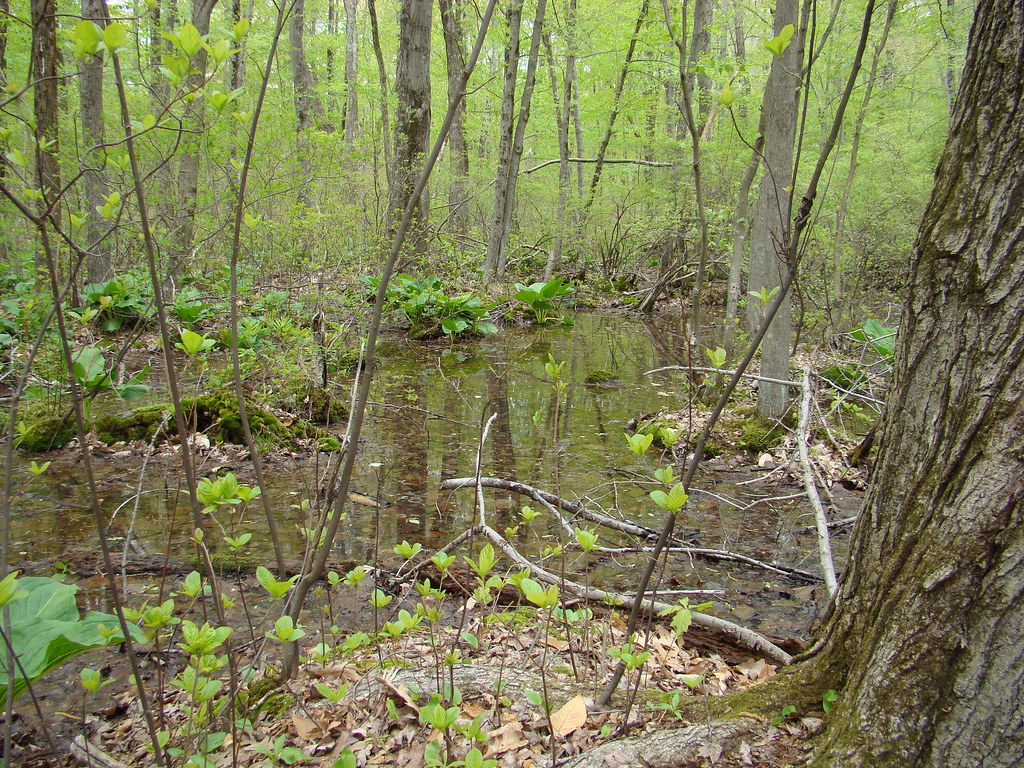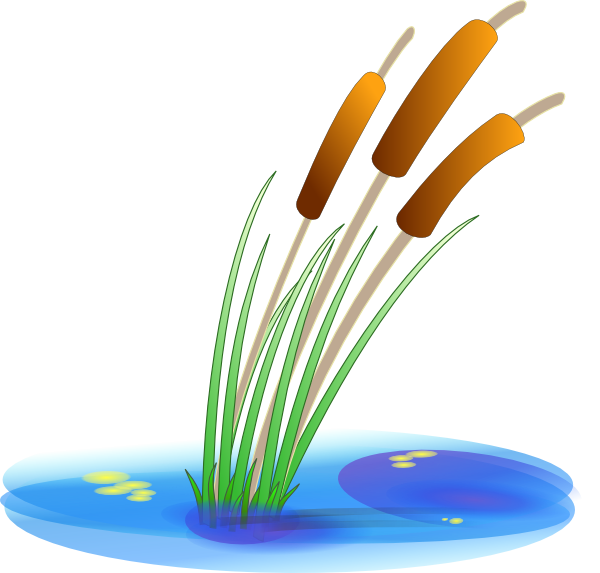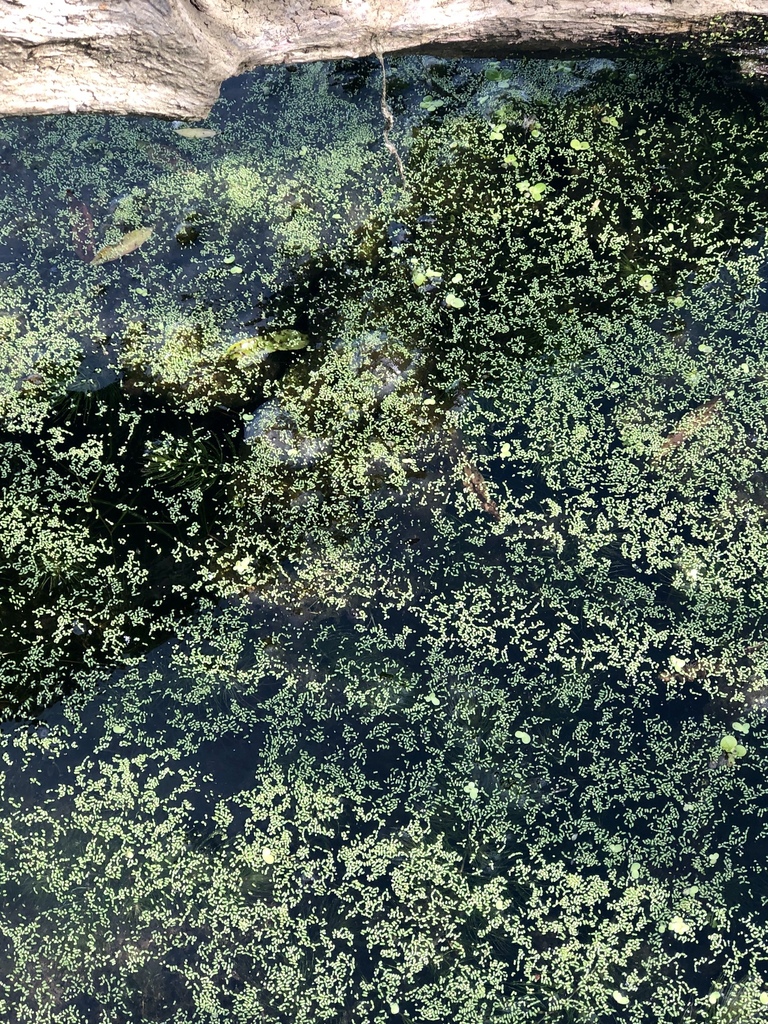Hello everyone! Did you go searching through a vernal pool or foraging for wild ramps this week? Wherever you did your exploring, I hope you were able to share all your cool nature finds with friends and family. Keep adding your observations to the comments!
Today, we’ll be doing an Ecosystem in a Bottle activity to illustrate where you went exploring this week.

But first, I want to check-in! Are there any Young Naturalist Club activities that you really liked? Is there a cool nature experience you’ve had since reading the blog? Any requests?
Scroll all the way down the page to “leave a comment,” and let us know how your naturalist adventures are going so far!
Ecosystems
Now let’s take a look at the ecosystems you visited this week.
An ecosystem is a community of living (biotic) organisms and nonliving (abiotic) things in the same environment, interacting as a system.
Let’s look at some biotic and abiotic factors in a forest ecosystem.
| Biotic Factor Examples | Abiotic Factor Examples |
| plants, mammals, insects, fungi | water, sunlight, air, rocks, temperature |

Ecosystems are self-sustaining. This means they do not need our help to grow and thrive. If all the necessary biotic and abiotic factors are present, they continue–even in a bottle.Read this article to learn about how one man’s bottle ecosystem was self-sustaining for over 25 years!
Ecosystem in a Bottle
Where did you go exploring this week? A vernal pool? Maybe a ramp patch in the woods? Or even your backyard or neighborhood?
Today, we invite you to make an ecosystem in a bottle. Your bottles can reflect where you explored this week. They can be aquatic (watery, like a vernal pool) or terrestrial (on land, like a forest).
Experiment Steps
Materials needed: transparent (see through) bottle such as soda bottle or mason jar with closing cap or lid; small rocks; local plants with roots still attached; soil or vernal pool water; compost (crushed eggshells or coffee grounds); water.
Step 1.
Clean your chosen bottle with soap and water. This prevents mold growth, which could harm your ecosystem.
Step 2.
Place small rocks into your bottle. You want to add enough rocks to completely cover the bottom of the bottle. This is the bottom layer of your ecosystem.
Step 3.

Add a finger’s length of soil to the bottle, then sprinkle your compost mix on top of the soil.
If you have potting soil, great! But you can also use a small amount of soil from outside. Make sure to ask permission before taking any soil that isn’t yours!

If you are setting up a vernal pool ecosystem, use pond water instead of soil. Add enough water to fill half the jar.
Step 4.
Now you can place your plants in the soil mixture!
Find plants in your greenspace or yard that you think would make good additions to your bottle.
Before pulling up plants, you could identify them using iNaturalist, to help you research and decide which to take. Be gentle when you are tugging on the plants, so you damage the roots as little as possible.

For a vernal pool ecosystem, choose plants that are growing in or near the edge of the water.
Below are some plant ideas to get you started–let us know in the comments if you found others that would make a great addition to an ecosystem bottle!
Step 5.
Add only enough water to slightly moisten the soil.
Vernal pool ecosystems don’t need more water.
Step 6.
Close your lid and set your ecosystem near a window. Make sure your ecosystem doesn’t receive too much direct light, because this could make the environment too hot and is unsuitable for the plants.
Step 7.
Snap a picture of your ecosystem and tell us about it in the comments! What plants did you add?

(I made sure to put the lid back on after the picture )

Step 8.
OBSERVE your ecosystem each day to discover what grows! You may be surprised what microscopic things were growing in your bottle that you can now see!
Remember to lightly water your ecosystem when you do not see condensation on the walls of your bottle. Hopefully your ecosystem is self-sustaining — let us know how your ecosystem turns out.



One reply on “Ecosystem in a Bottle”
This is a great inspiration for terrariums! https://biologicperformance.com/sealed-bottle-terrarium-garden-watered-once-53-years/